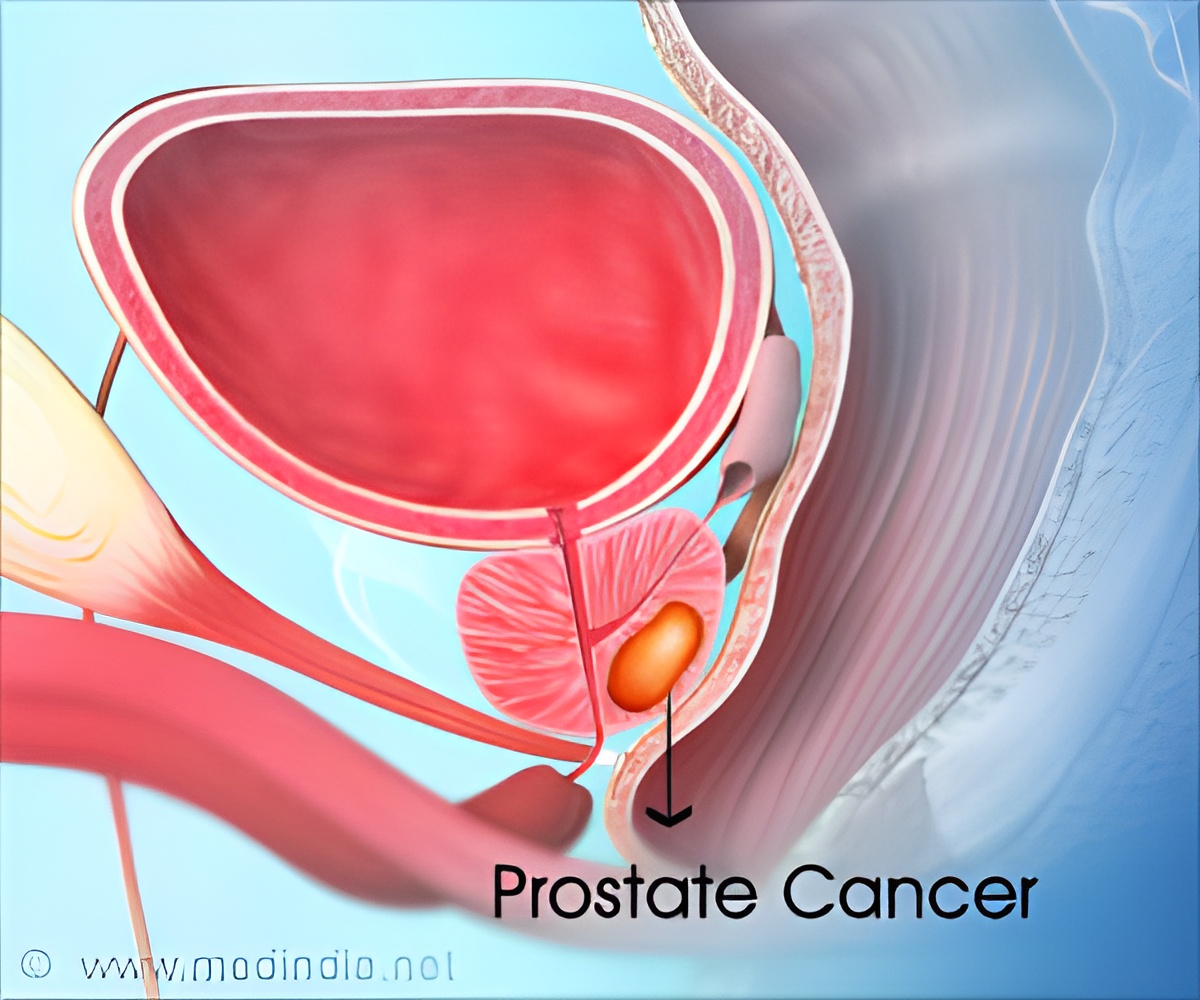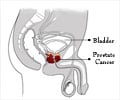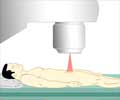
‘Better urinary function, less urinary incontinence and better sexual function was observed in patients with prostate cancer and on active surveillance.’
Tweet it Now
Prostate cancer is the most common male cancer, with around 400,000 new cases every year in Europe. Most patients are treated quickly by surgery -radical prostatectomy (RP) - or radiotherapy (RT), but both treatments can show significant and distressing side effects, most commonly incontinence, or erectile dysfunction. One alternative which is increasingly considered for patients with less-aggressive cancers is to delay or avoid initial treatment, but instead keeping the patient under Active Surveillance (AS), meaning that the cancer is regularly monitored, with the option of switching to curative treatment if the condition of the tumor changes. Now a new study has examined whether AS actually helps prostate cancer patients to live a better quality of life in the long term.
Detailed questionnaires followed the quality of life of 427 patients (out of the 628 originally contacted), aged between 66-69 who were diagnosed with low-risk prostate cancer and were followed up for between 5 and 10 years after initial diagnosis. 121 of the patients chose active surveillance, whereas 74 had surgery and 232 had radiotherapy. A reference group of 204 men of the same ages who didn't suffer from prostate cancer were also studied.
They found that those patients on active surveillance reported significantly higher QoL scores than those who had undergone surgery (RP). The AS group reported better urinary function, less urinary incontinence and better sexual function than men who underwent RP. When comparing AS with radiotherapy, they found that AS gave a significantly higher sexual satisfaction score. Overall, the QoL of men on AS was very similar to that of men without prostate cancer.
Dr Lionne Venderbos, of the department of Urology, Erasmus University Medical Center (Rotterdam) who led the research commented, "This is the first study to look at long-term outcomes in these four different groups. We found that men on active surveillance experienced better prostate-related health than men who underwent radical prostatectomy and radiotherapy."
Advertisement
"When choosing treatment, it is important that men think about the potential side-effects that are related to immediate curative treatment, like becoming incontinent or losing the ability to have an erection. When considering active surveillance they should try to imagine whether living with untreated cancer would cause any stress, or that the follow-up visits lead to stress instead of reassurance. Balancing the advantages and disadvantages per type of treatment, will make that a man chooses that type of treatment that fits his wishes and preferences best.
Advertisement
Source-Eurekalert












